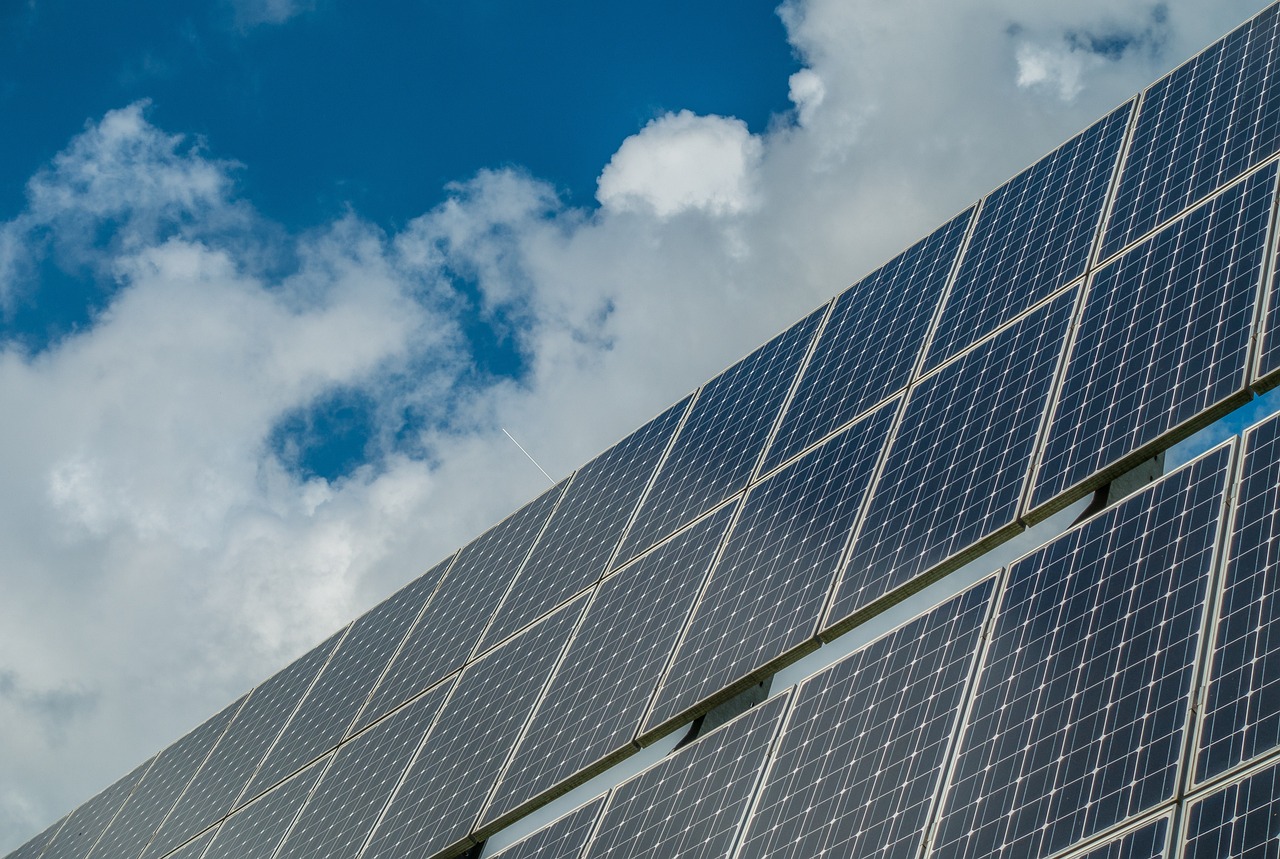Mexico could be a renewable energy champion yet wind and solar make up only about ten percent of the country’s electricity mix. Rebecca Bertram has taken a closer look to find out why Mexico’s energy transition is lagging behind.
Mexico is a country blessed with abundant natural resources and a rapidly growing economy. Yet given its economic strength and vast resources in solar and wind energy, the country is lagging behind in its efforts to transition away from fossil fuels. Mexico is clinging to its traditionally close ties with the fossil fuel industry instead of paving the way to become a global leader in renewable energy generation. This comes at a high cost for its economy, environment and population.
Mexico – the world’s 14th largest economy – has widely been criticised for not doing enough to incentivise investments in renewable energies. Currently, renewables including large hydropower make up just 10 percent of the country’s overall electricity mix. Hydro leads the way with 13 GW installed capacity, while wind and solar PV follow at a mere 7 GW and 8 GW in 2021, falling way short of its renewable potential of an additional 30 GW.
Getting Mexico on the climate track is of utmost importance: The country is the world’s 14th biggest emitter of greenhouse gases, 12th largest crude oil exporter and still lags behind a staggering 130 countries to formulate a so-called net-zero emissions goal. At the Paris climate conference in 2015, Mexico pledged to reduce its emissions by 35 percent by 2030, a goal that currently remains very much out of reach. Given Mexico’s steep economic growth trajectory, reaching a 35 percent reduction in greenhouse gas emissions requires a significant push from the government and private sector towards renewable energy and energy efficiency.
But such a policy push is pending. Under the current administration, Mexico has moved even further away from undergoing an energy transition than before its current President López Obrador took office in 2018. López Obrador has argued that Mexico is not yet ready for a green energy transition. Instead, he has used his time in office to make a name for himself as a proponent for a strong role of the state in the country’s energy mix leaving little space for private sector involvement.
For example, national electric utility CFE (Federal Electric Commission) and state-owned oil company PEMEX have been granted more power under the current administration, essentially giving these companies priority over the grid. Now, electricity produced by CFE from nuclear, fossil gas, oil and hydropower is dispatched before renewables, even though renewables are produced at a lower cost. As such, renewables are being pushed further to the sidelines. This has a dramatic impact on private companies that produce the bulk share of renewable energy and Mexico’s economy as a whole. The U.S. National Renewable Energy Laboratory (NREL) estimates that this move increases overall power generation costs by 32-54 percent and results in an increase of 35 percent of power outages per year. So far, Mexican policy makers have been able to get away with it paying record high yearly subsidies of more than USD 16 billion for fossil fuels.
Why then are Mexican policy makers so persistent in maintaining a strong presence of fossil fuels? One of the primary reasons for the country’s struggle to transition to clean energy is its heavy dependence on revenues generated by its oil industry. For decades, Mexico has relied on oil exports as a significant source of income, with state-owned petroleum company PEMEX playing a central role in the national economy. This reliance on fossil fuels has not only discouraged investments in renewable energy but has also made the Mexican government hesitant to embrace a full-scale clean energy transition, fearing potential economic instability.
Furthermore, transitioning to clean energy requires substantial capital investment in renewable infrastructure, which can strain the already limited financial resources of the Mexican government. Estimates suggest that capital investments needed could be as much as USD 350 billion by 2030. The challenge made more difficult by the fact that most wind and solar resources are located far away from demand centres and the associated need to update and expand the country’s aging electrical grid, which is essential for the efficient integration of renewable energy sources.
Mexico’s energy transition is a complex political and economic process. While the country possesses great potential for renewable energy development, significant political and institutional obstacles remain. To reach its full potential, the country must do two things: undergo serious political reforms to provide a space for the private sector in its energy mix and formulate an ambitious and serious commitment to sustainable development and greenhouse gas reduction. Mexico’s economy – and population – will benefit as a result.
The views and opinions in this article do not necessarily reflect those of the Heinrich-Böll-Stiftung European Union.
